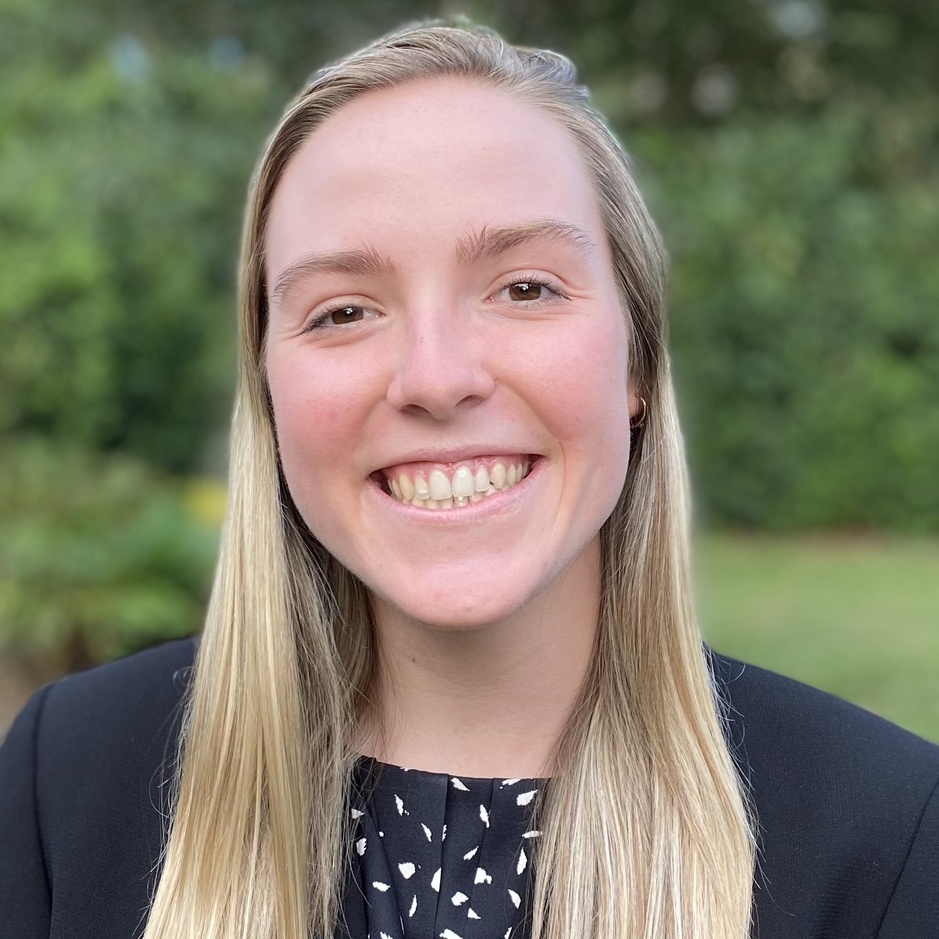Biomaterials
Co-assembled Peptide-Protein Granules for Intracellular Biotherapeutic Delivery
(B-63) Co-assembled Peptide-Protein Granules for Intracellular Biotherapeutic Delivery

Madisen Domayer
Student
University of Florida
Gainesville, Florida, United States- RL
Renjie Liu
Post Doctoral position
University of Florida, United States - GH
Gregory Hudalla
Associate Professor
University of Florida, United States
Presenting Author(s)
Co-Author(s)
Primary Investigator(s)
Intracellular delivery of proteins is attractive for accessing a wide variety of new therapeutic and diagnostic targets, but is challenged by the inability of proteins to directly cross the cell membrane. Current methods for intracellular protein delivery use electroporation, carriers that facilitate protein escape from intracellular vesicles during endocytosis (i.e., endosomal escape), or highly charged peptides that mediate direct protein crossing of the cell membrane [1]. Key challenges with these approaches include, low delivery efficiency, cytotoxicity, high protein doses protein, loss of protein activity during internalization, and the inability to work universally with various cell types (e.g., adherent and suspended).
Here we will present our research developing co-assembled peptide-protein granules for intracellular delivery. These granules are based on a family of charge-complementary co-assembling peptide pairs, known as “CATCH (+/-)”. When combined in solution, CATCH peptide pairs co-assemble into supramolecular biomaterials, including nanofibers and fibrillar hydrogels [2-4]. Here we will show that the CATCH(+) peptide and a protein with a CATCH(-) fusion tag can co-assemble into nanoscale granules in the presence of macromolecular crowders (e.g., poly(ethylene glycol) “PEG”, Tween-80 micelles). We will show that CATCH granules can deliver active proteins to the cytosol of cell at high efficiency and low cytotoxicity, meeting the needs of ideal intracellular delivery vehicles.
Materials and Methods::
To create granules, aqueous solutions of 50 mL of CATCH(6K+) and 50 mL of CATCH(6E-)-GFP were first combined and then 25 mL of PEG (0.2 g/ml stock, 2-20 kDa MW) was added to the peptide-protein mixture. To determine granule size and stability, an inverted epiflorescence microscope was used to monitor the growth of dense regions of GFP over 24 hours. To view the granules, 5 mL of the peptide-protein-PEG mixture was added onto a cover slide, with a second cover slide then placed on top. Cytotoxicity was assessed using the CellTiter-Blue assay. 10,000 NIH3T3 cells were plated in a 96 well-plate in culture media containing 10% fetal bovine serum, then 100 mL of the peptide-protein-PEG mixture was added to the culture media. For all cell work, the peptide-protein-PEG mixture was added to cells after 5 min of mixing time. After 24 hours, 20 mL of CellTiter-Blue dye was added to the culture media, with fluorescence readings taken at over 4 hours using a SpectraMax M3 plate reader. To study GFP uptake, cells were treated for 24 hours the peptide-protein-PEG mixture and then stained using Hoechst 33342. Uptake was observed on the inverted epiflorescence microscope equipped with GFP and DAPI channels at 10x and 40x magnification.
Results, Conclusions, and Discussions::
A mixture of CATCH(6+) peptide, CATCH(-)-GFP, and PEG produces nano-scale supramolecular granules. Granule shape, size, and assembly kinetics are affected by the molecular weight and concentration of PEG used, demonstrating that the system can be controlled. As the molecular weight of PEG increases, the granules form faster and are larger in size. Higher concentrations of PEG produce the same effect. Granules formed in mixtures of CATCH(6+) peptide, CATCH(-)-GFP, and PEG did not induce death of NIH3T3 fibroblasts (i.e., were cytocompatible). After 24 hours of treatment with granules, more than 90% of NIH3T3 cells were GFP positive. CATCH peptide-protein granules yielded greater GFP delivery efficiency and induced less cell death than other methods, such as cell penetrating peptides and electrophoresis.
Collectively, these data demonstrate that CATCH peptide-protein granules can be fabricated using a simple “crowding” method based on common pharmaceutical excipients, are non-toxic to cells, and can deliver active protein to the cytosol. Future work will evaluate CATCH peptide-protein granules with different cell and protein types, toward the goal of creating a universal intracellular protein delivery vehicle.
Acknowledgements (Optional): :
References (Optional): :
[1] Estrada, LP Herrera, and J. A. Champion. "Protein nanoparticles for therapeutic protein delivery." Biomaterials science 3.6 (2015): 787-799.
[2] Seroski, Dillon T., et al. "Co-assembly tags based on charge complementary (CATCH) for installing functional protein ligands into supramolecular biomaterials.” Cellular and Molecular Bioengineering 9.3 (2016): 335-350
[3] Seroski, Dillon T., et al. "Charge guides pathway selection in β-sheet fibrillizing peptide co-assembly." Communications Chemistry 3.1 (2020): 1-11.
[4] Morales, Bethsymarie Soto, et al. "Injectable nanofibrillar hydrogels based on charge-complementary peptide co-assemblies." Biomaterials science 9.7 (2021): 2494-2507.
